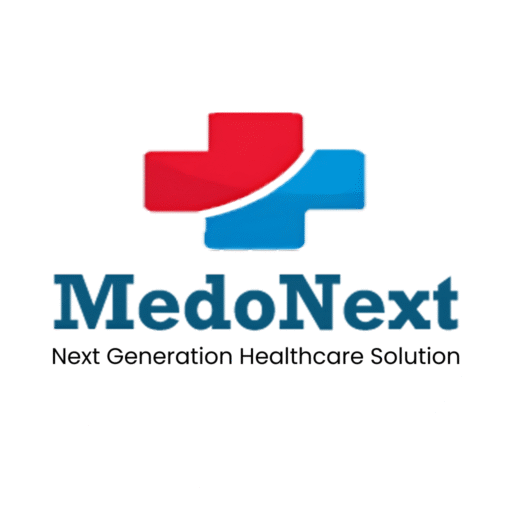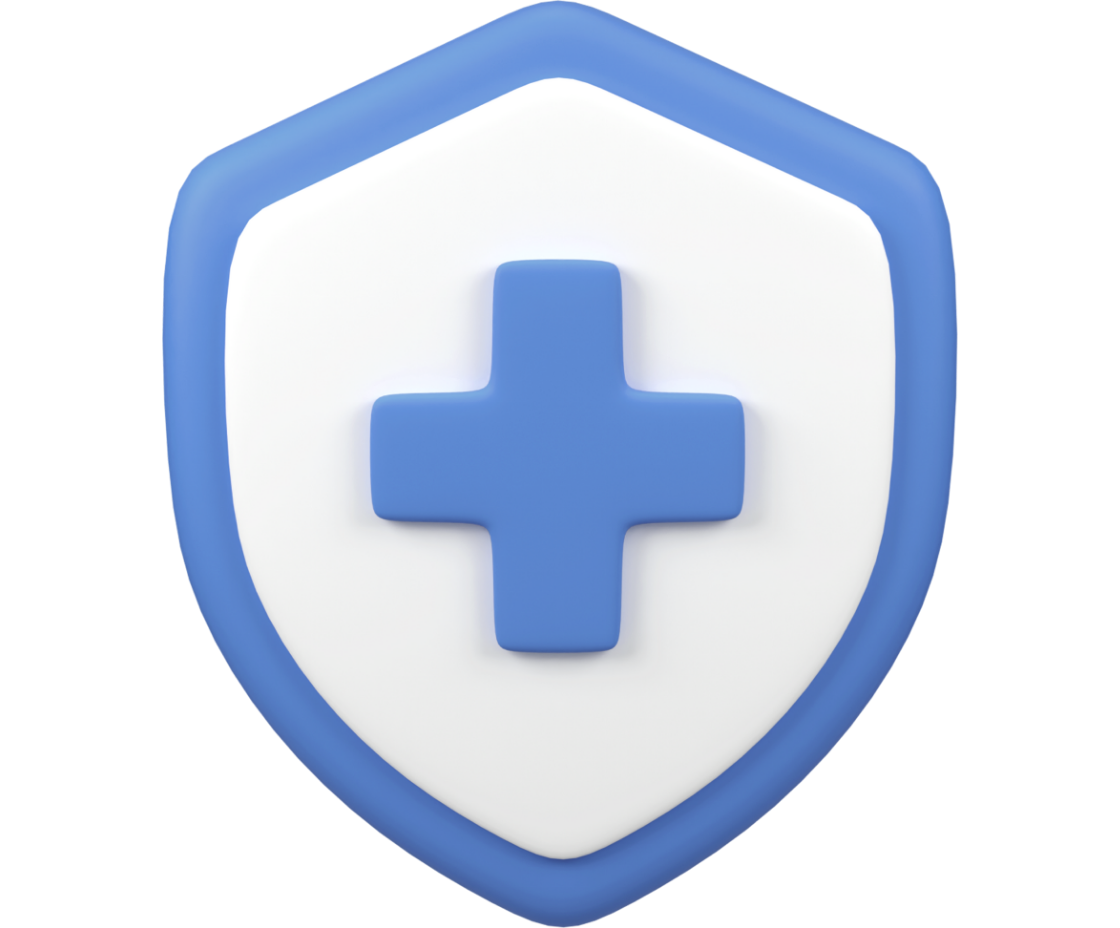The Complete Guide to Healthcare Software for Smarter Indian Hospitals

Introduction
In the dynamic landscape of Indian healthcare, the stethoscope and scalpel have been joined by a powerful new tool: healthcare software. This isn’t just a tech trend; it’s a fundamental shift in how hospitals operate, manage patient care, and ultimately, save lives. For modern hospitals, embracing digital solutions is no longer an option—it’s a necessity for efficiency, profitability, and patient trust. This guide is your roadmap to understanding, implementing, and leveraging healthcare software to build smarter, more connected hospitals across India.
Why Healthcare Software Is a Game-Changer for Indian Hospitals
Healthcare in India is a massive, complex ecosystem with unique challenges, including a high patient-to-doctor ratio, a mix of urban and rural populations, and the need to balance cost with quality. Healthcare software directly addresses these issues by creating a centralized, streamlined, and data-driven environment.
Gone are the days of shuffling through physical files and manually updating patient records. Software automates routine, time-consuming tasks like scheduling appointments, managing patient registration, and handling billing. This frees up hospital staff to focus on critical clinical tasks, leading to faster service delivery and reduced administrative overhead.
The right software provides a single, unified view of a patient’s medical history. Doctors can access past diagnoses, lab reports, and prescriptions in seconds, leading to more informed decisions. This real-time access to accurate data significantly reduces medical errors, speeds up diagnosis, and improves care coordination.
While there’s an initial investment, the long-term ROI is substantial. By automating billing and reducing denied claims, hospitals can boost their revenue cycle management. Moreover, better inventory management prevents overstocking and wastage, while digital records reduce the cost of paper and storage.
Essential Types of Healthcare Software
The term “healthcare software” covers a wide range of digital tools that help hospitals streamline operations and improve patient care. A truly smart hospital uses an integrated suite of these solutions to create a connected digital ecosystem.
At the core lies the Hospital Management System (HMS) — a comprehensive platform that manages administrative, financial, and clinical workflows such as patient admission, discharge, billing, pharmacy, and lab operations. The cloud-based HMS model is rapidly growing in India due to its lower cost, remote access, and scalability without heavy IT investment.
Another crucial component is the Electronic Medical Record (EMR) and Electronic Health Record (EHR) systems. While EMR is a digital version of a single hospital’s patient chart, EHR offers a broader, shareable record across multiple healthcare providers — aligning with India’s Ayushman Bharat Digital Mission (ABDM) for a unified health ecosystem.
For financial efficiency, Medical Billing Software automates invoicing, insurance claims, and payment tracking, especially benefiting small hospitals and clinics. To strengthen patient relationships, Healthcare CRM tools manage communication, reminders, and feedback, enhancing patient engagement and retention. Finally, Telemedicine Software bridges the gap between urban doctors and rural patients through video consultations, remote monitoring, and e-prescriptions — making quality care accessible anytime, anywhere.
Key Features of a World-Class Healthcare Software Suite
While the specific features may vary by software type, a truly effective solution for a smart hospital should include a core set of functionalities that work together seamlessly.
The entry point for the patient journey. A robust registration module should be fast, accurate, and capable of capturing all necessary demographic and insurance information while creating a unique patient ID.
Digital transformation is not without its hurdles. Hospitals must be prepared to address these challenges to ensure a successful transition.
This system helps manage patient flow in real-time, displaying a digital queue and providing wait time updates. It eliminates confusion and improves the on-site patient experience significantly.
The best software is a single, integrated platform. This means the patient’s registration data automatically flows to their EHR, which is linked to the billing module, and so on. This prevents data silos and ensures a smooth, end-to-end workflow.
Overcoming Implementation Challenges
Digital transformation is not without its hurdles. Hospitals must be prepared to address these challenges to ensure a successful transition.
Change can be difficult. The solution is comprehensive training, clear communication about the software’s benefits, and involving staff in the selection process to foster a sense of ownership.
Moving years of patient data from paper files or legacy systems can be complex and risky. It requires a well-planned strategy and a vendor with proven expertise in data migration.
While initial costs can be a barrier, hospitals should view software as a long-term investment. Consider the ROI from improved efficiency and reduced errors. A cloud-based healthcare software subscription model can make the technology more accessible.
Conclusion:
Selecting the right healthcare software is a strategic decision that can shape every aspect of your hospital’s operations for years to come. It’s not just about choosing a single tool, but about building an integrated digital ecosystem that aligns with your hospital’s long-term vision. Start by assessing your needs — identify the biggest challenges such as long patient queues, billing inefficiencies, or fragmented data. Next, prioritize key features like a robust patient registration system, an efficient appointment booking solution, and a reliable queue management module to ensure seamless workflows. When it comes to choosing a provider, evaluate vendors carefully — look for a proven track record, strong security measures, and responsive customer support. Always request a demo to understand the software’s real-world usability. Ultimately, the right healthcare software is more than a utility; it’s the foundation of a smarter, more efficient, and patient-focused hospital, helping your institution step confidently into the future of digital healthcare.




 Nov 03,2025
Nov 03,2025  By Medonext
By Medonext 




